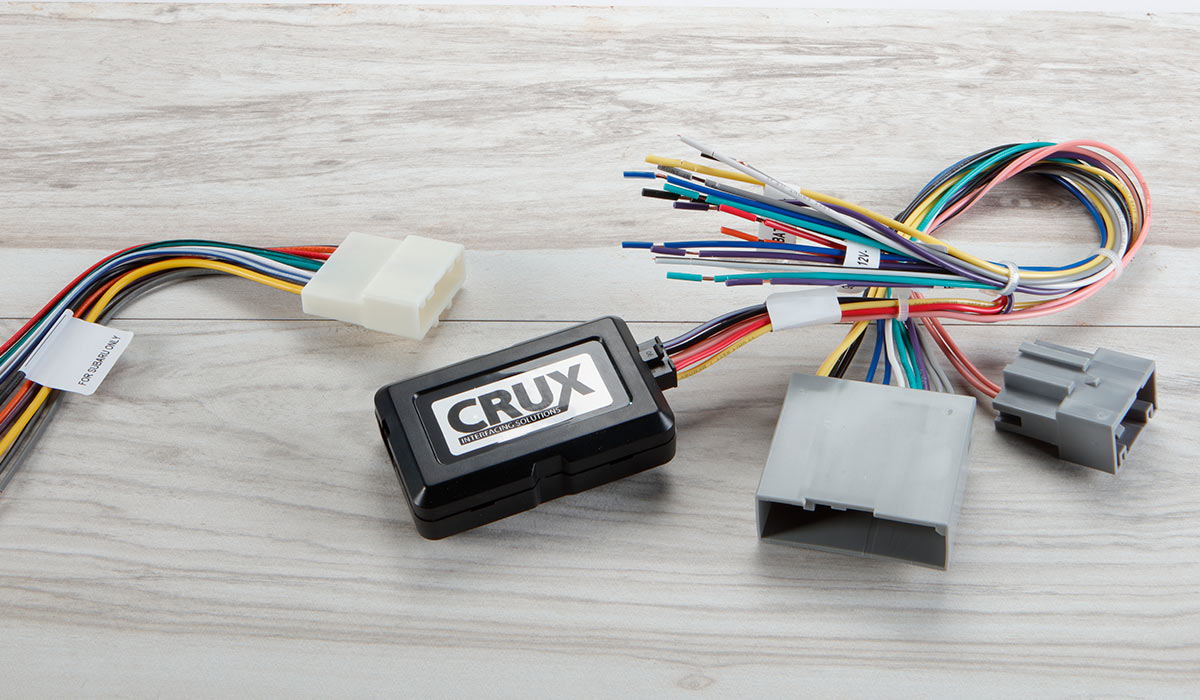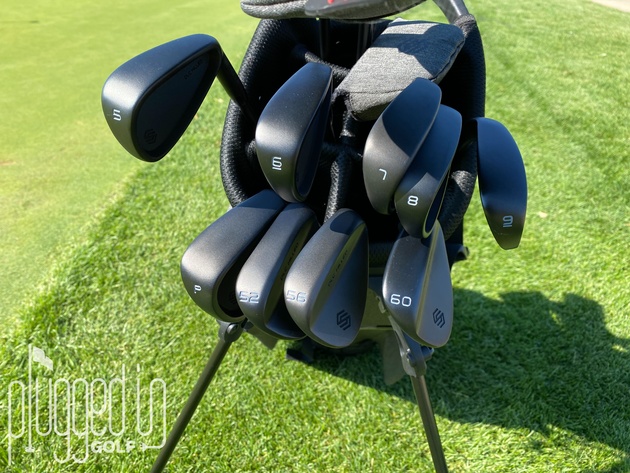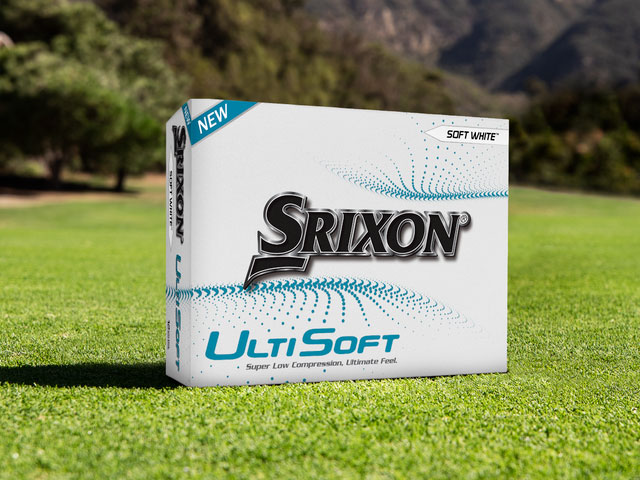Electric Golf Cart Runs Then Stops: An electric golf cart that runs then stops may be experiencing battery or connectivity issues. Overheating motors or faulty speed controllers could also cause intermittent stopping.
Experiencing trouble with your electric golf cart can be frustrating, especially when it starts fine but then suddenly halts. Electric golf carts rely heavily on their batteries, and a common culprit for this stop-and-go performance is typically a battery not holding charge or poor connections.
But it isn’t just about the batteries; a golf cart’s motor can overheat with use, and if the onboard computer or speed controller has flaws, stopping issues can arise. Golf enthusiasts and cart owners must ensure proper maintenance and regular check-ups to combat these sporadic stopping scenarios. By addressing the root causes ranging from electrical mishaps to mechanical wear and tear, one can restore smooth operation and enjoy a seamless glide over the greens.

Credit: www.crutchfield.com
Recognizing Common Stalling Symptoms
Electric golf carts may exhibit sudden stops during a drive, often indicating a deeper issue with the cart’s electrical system or battery. If your cart loses power when accelerating, it’s possible that the batteries are unable to provide enough power to meet the demand of the motors. This can be due to a variety of reasons, including aged or damaged batteries, loose connections, or a malfunctioning speed controller.
Furthermore, intermittent power cuts point towards inconsistent electrical flow, suggesting potential corrosion on terminals, worn-out connectors, or even a faulty ignition. Such stalling symptoms require immediate attention to prevent further damage to the cart’s components and ensure safety while operating the vehicle. Regular maintenance checks can help identify these issues before they lead to a complete stop.
Battery Inspection And Maintenance
The functionality of an electric golf cart heavily relies on the condition of its battery. Checking battery connections regularly is crucial as loose or corroded terminals can lead to intermittent power supply and undesired halts. It’s essential to ensure connections are tight and terminals are clean to avoid electrical issues.
Maintaining proper water levels in battery cells is another vital aspect for peak performance. Batteries require distilled water to maintain adequate electrolyte levels. Overfilling or allowing them to dry can reduce the battery’s lifespan and efficiency. Be cautious to keep water levels between the maximum and minimum markers inside each cell.
An assessment of battery age and condition should not be overlooked as batteries have a limited lifespan. Generally, after five years of use, a battery might show signs of deteriorating performance. Monitor for any swelling, leakage, or significant drop in power output, which might indicate it’s time for a replacement. Keeping your golf cart’s battery in optimal condition can ensure that you avoid unexpected stops during your game.
Motor And Controller Checks
Electric golf carts may exhibit issues like running then stopping suddenly, which could be attributed to motor overheating or controller malfunctions. To tackle these problems, start by identifying overheating signs such as an unusually hot exterior or a burning smell emanating from the motor area. This indicates the motor is working harder than normal, potentially due to obstructions or wear.
Proceed with verifying the motor’s electrical connections to ensure all wires are intact and secure. Loose connections might cause intermittent power issues, leading to the cart stalling. To maintain optimal performance, routinely inspect and tighten these connections.
Lastly, consider testing the controller for faults. The controller acts as the command center for the cart’s electrical system, and if faulty, it could disrupt the flow of power. Utilize a multimeter to check for proper output, and replace the controller if it fails to meet manufacturer specifications.
Solenoid Troubleshooting
Electric golf carts may exhibit a frustrating issue where the cart runs then stops unexpectedly. The solenoid, an essential component of the golf cart’s electrical system, often causes this trouble.
Determining solenoid functionality begins with a simple auditory test. A healthy solenoid will emit a distinct clicking sound when the golf cart is activated. The absence of this sound can indicate a malfunction.
Further investigation involves measuring the solenoid’s voltage and resistance using a multimeter. Correct voltage readings while the cart is both in use and at rest, along with consistent resistance values, are indicative of proper operation.
Replacements are necessary when the solenoid is confirmed to be at fault. Selecting a high-quality solenoid that matches your cart’s specifications ensures continued reliability and prevents repeated stops.
Regular Cleaning And Inspections
Maintaining your electric golf cart involves regular cleaning and inspections to ensure optimal performance. A common issue faced by many users is the cart running for a bit and then stopping abruptly. Attention to battery terminals and connectors is crucial in troubleshooting this problem.
Cleaning the battery terminals with a mixture of baking soda and water can help remove any corrosion, which can impede electrical flow. Be sure to rinse with clean water and dry thoroughly afterwards. With a wire brush, maintain a clean contact surface to ensure a strong electrical connection.
Inspecting wires and connections for wear can prevent unexpected power interruptions. Check for frayed wires, loose connections, or damaged insulation, which could be causing short circuits or disconnections. Replace or repair any compromised wiring to maintain continuous operation of your golf cart.
Scheduled Maintenance Routines
Maintaining your electric golf cart requires establishing a regular schedule that caters to specific models. Weekly checks should include tire pressure, battery terminals, and brake function. Monthly assessments call for a deeper dive into battery fluid levels and the cleaning of battery connections to prevent corrosion.
Bi-annual reviews are critical for inspecting the electrical system, ensuring cables are secure and free of damage. To guarantee optimal performance and longevity, align your maintenance activities with the manufacturer’s recommendations; this is especially important for carts like the EZ-GO, Club Car, and Yamaha, which may have model-specific maintenance requirements.
By adhering to a tailored maintenance timeline, unexpected stops and potential breakdowns can be minimized, ensuring a reliable and smooth operation of your electric golf cart.
Upgrading Cart Components
Upgrading the components of an electric golf cart can significantly improve its performance and reliability. By considering heavier-duty options, cart owners can address the common issue of the cart running then stopping unexpectedly. Heavier-duty solenoids, controllers, and cables are designed to handle increased power and demand, leading to enhanced durability and longevity.
Investing in stronger components not only mitigates the risk of mid-game interruptions but also increases the overall efficacy of the golf cart. Owners will witness a marked improvement in acceleration and hill-climbing capabilities, ensuring a smoother and more enjoyable experience on the course. Upgrades may also lead to extended battery life, as optimized parts operate more efficiently, placing less strain on the battery during operation.
Frequently Asked Questions On Electric Golf Cart Runs Then Stops
Why Does My Golf Cart Suddenly Stop Running?
Golf carts can stop abruptly due to battery issues, faulty solenoids, or wiring problems. Regular maintenance checks help prevent unexpected stops. Ensure battery connections are clean and tight and replace any damaged wiring or failing solenoids promptly.
What Are Common Golf Cart Electrical Faults?
Common electrical issues in golf carts include corroded battery terminals, loose wires, and malfunctioning motor controllers. Check for evident corrosion or loose connections, and get your motor controller tested if you’re experiencing intermittent power problems.
How To Troubleshoot A Golf Cart Breakdown?
To troubleshoot a golf cart breakdown, first check the battery charge and connections. Examine the solenoid for functionality, and ensure the motor is receiving power. If these components are working, inspect the controller and other electrical connections for damage or wear.
Can Overheating Cause Golf Cart To Stop?
Yes, overheating can cause a golf cart to stop. Overheating typically results from excessive strain on the motor or a malfunctioning cooling system. Reduce load and allow your cart to cool down before investigating the cooling system and motor for signs of damage.
Conclusion
Wrapping up, troubleshooting your electric golf cart’s intermittent stops can be simple. Focus on battery health, electrical connections, and motor integrity. Proper maintenance ensures longevity and smooth rides. Remember, patience and attention to detail will keep your cart running seamlessly on the greens.





